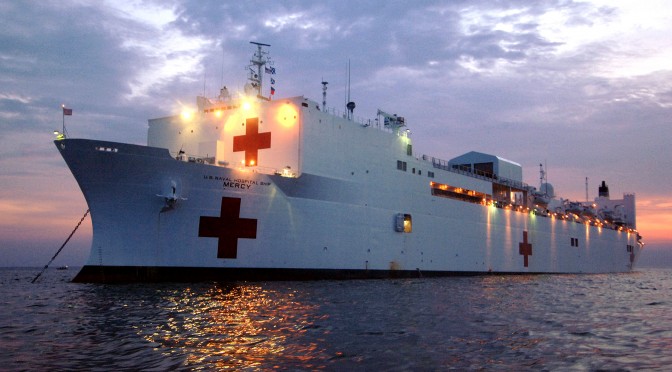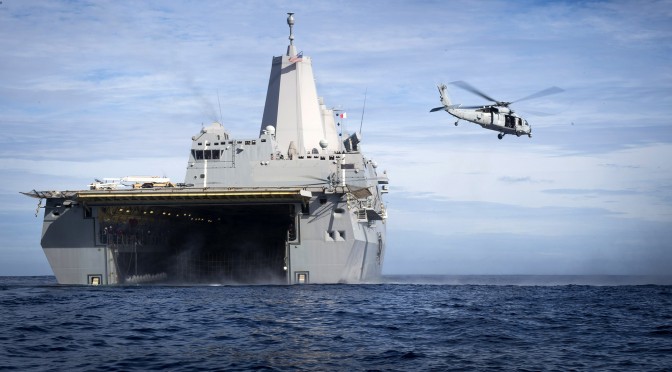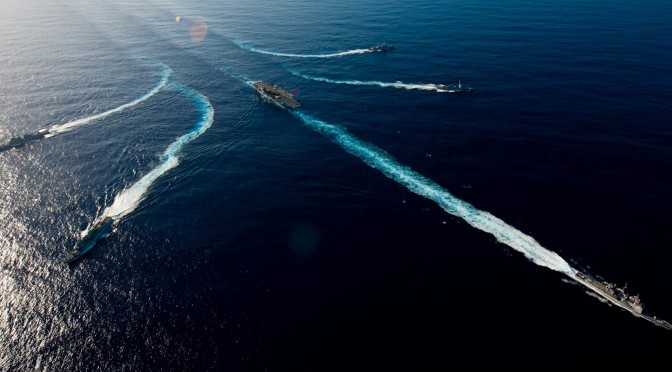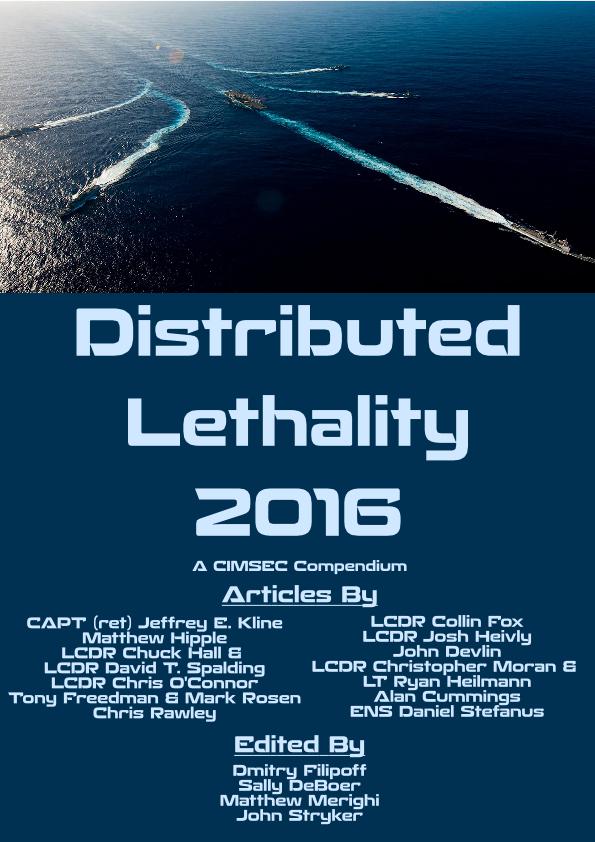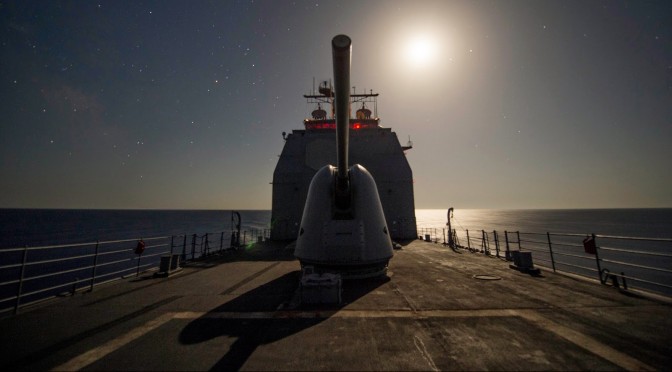By Dmitry Filipoff
Week Dates: Mar. 28 – Apr 3. 2016
Articles Due: Mar. 27 2016
Article Length: 800-1800 Words (with flexibility)
Submit to: [email protected]
Natural disasters are often unpredictable and capable of inflicting mass devastation. The Asia-Pacific is especially prone, with over half a million lives lost and $500 billion in damages incurred within the last decade due to natural disasters. Time and time again, naval forces have performed admirably as first responders by performing Humanitarian Assistance/Disaster Relief (HA/DR) missions.
CIMSEC is launching a Naval HA/DR Topic Week to highlight importance of this mission and the role of naval forces in its execution. Can HA/DR operations refine warfighting skills? What are the political challenges and benefits of deploying naval forces in support of humanitarian operations? How may climate change and rising sea levels affect the demand for naval HA/DR? Contributors can explore these lines of inquiry and many others, as well as analyze HA/DR in a greater context.
Dmitry Filipoff is CIMSEC’s Director of Online Content. Contact him at [email protected].

